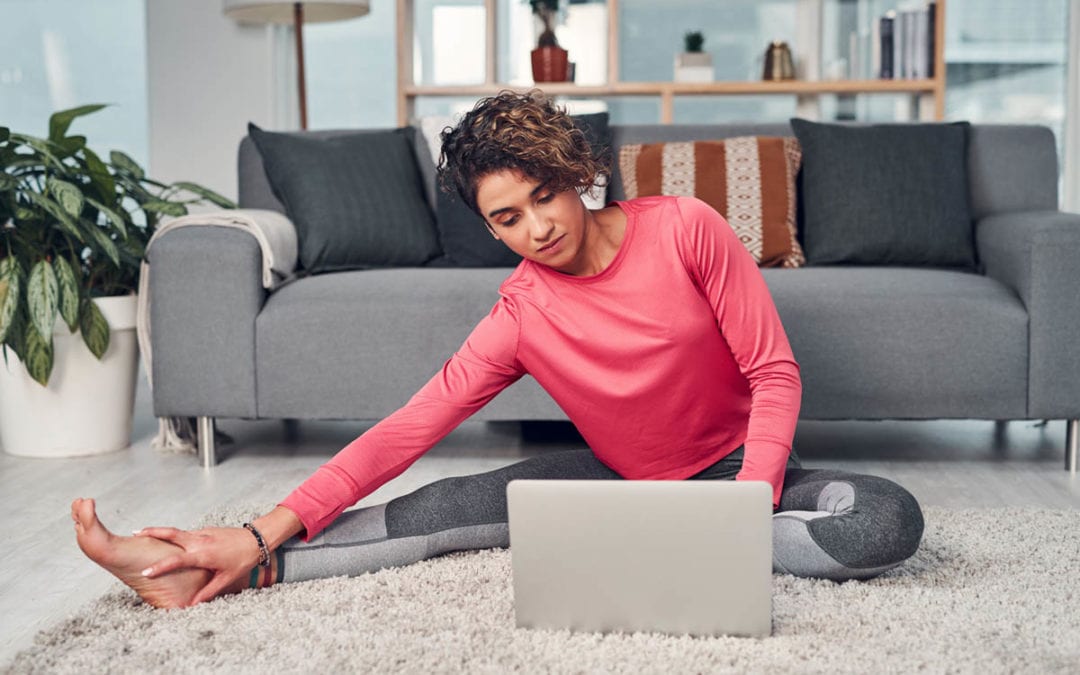1. Stretching
Once you notice a muscle spasm occurring, the best thing to try is stretching. There are several different stretches to perform, but here are the simplest ones to try:
- Stretching for calf spasms – lie down and stretch your leg by pointing or pulling your toes toward your head. Hold this position until the spasm stops, but don’t overdo the stretch as it could cause further injury.
- Stretching for thigh spasms – while standing and holding a chair for balance, stretch out your quad with the spasm. Bend your leg, hold your ankle and pull it toward your bottom, which will help to soothe the spasm away.
- Stretching for back spasms – walk in a slow, steady pace to help loosen your back muscles and soothe the spasm.
- Stretching for neck spasms – roll your shoulders in a circular motion forward 10 times and then backwards 10 times to wiggle the spasm free.
2. Massage
There are many different massages to help soothe and relax muscles such as a Swedish message, deep tissue, or even a Japanese style massage called Shiatsu. These can be on the expensive side and might be time consuming especially if the spasm occurs on the spot. While at home, at work or running errands, and the spasm comes on at the spur of the moment, try gently massaging the area. If you can’t reach it, then ask for someone to rub it for you. If it still continues, try giving the spasm a hard pinch and hold the area for a few minutes.
3. Icing or Heating
Other helpful treatments to spasms are icing or heating. If the spasms continue after other remedies, and inflammation is involved, place an ice pack, wrapped in a towel, on the area, or ask for assistance if unreachable, for 15 to 20 minutes a few times a day. Placing anything cold directly on your skin can cause damage to your skin cells. The same can be said when using a heating pad or something warm to soothe your spasm. Even though heat relaxes your muscles, it could worsen inflammation if left on the area for too long. So, look at other options like a warm bath or shower.
4. Hydration
Staying hydrated can not only help prevent spasms, it can also help reduce them even at the start. Dehydration and overuse of muscles, usually while exercising, are common causes of muscle spasms. The recommended amount of water you should drink depends more on you and your lifestyle. You can also take into an account the water that is in beverages and foods to ensure you’re at tip-top hydration. Here are some measurements to consider, especially if you’re a more active individual:
- Women – 11 glasses of water daily; if active, 16.
- Men – 15 and a half glasses of water daily; if active, 20.
For more extensive remedies for soothing or treating muscle spasms, you can look into nonprescription medicines such as nonsteroidal anti-inflammatory drugs, pickle juice, supplements or vitamins and natural muscle relaxers. There are also topical creams, which are anti-inflammatory and aid in relieving pain.
If you have tried these treatments, but are still experiencing spasms, contact us so that we can help pinpoint the issue and get you back to feeling yourself again.

